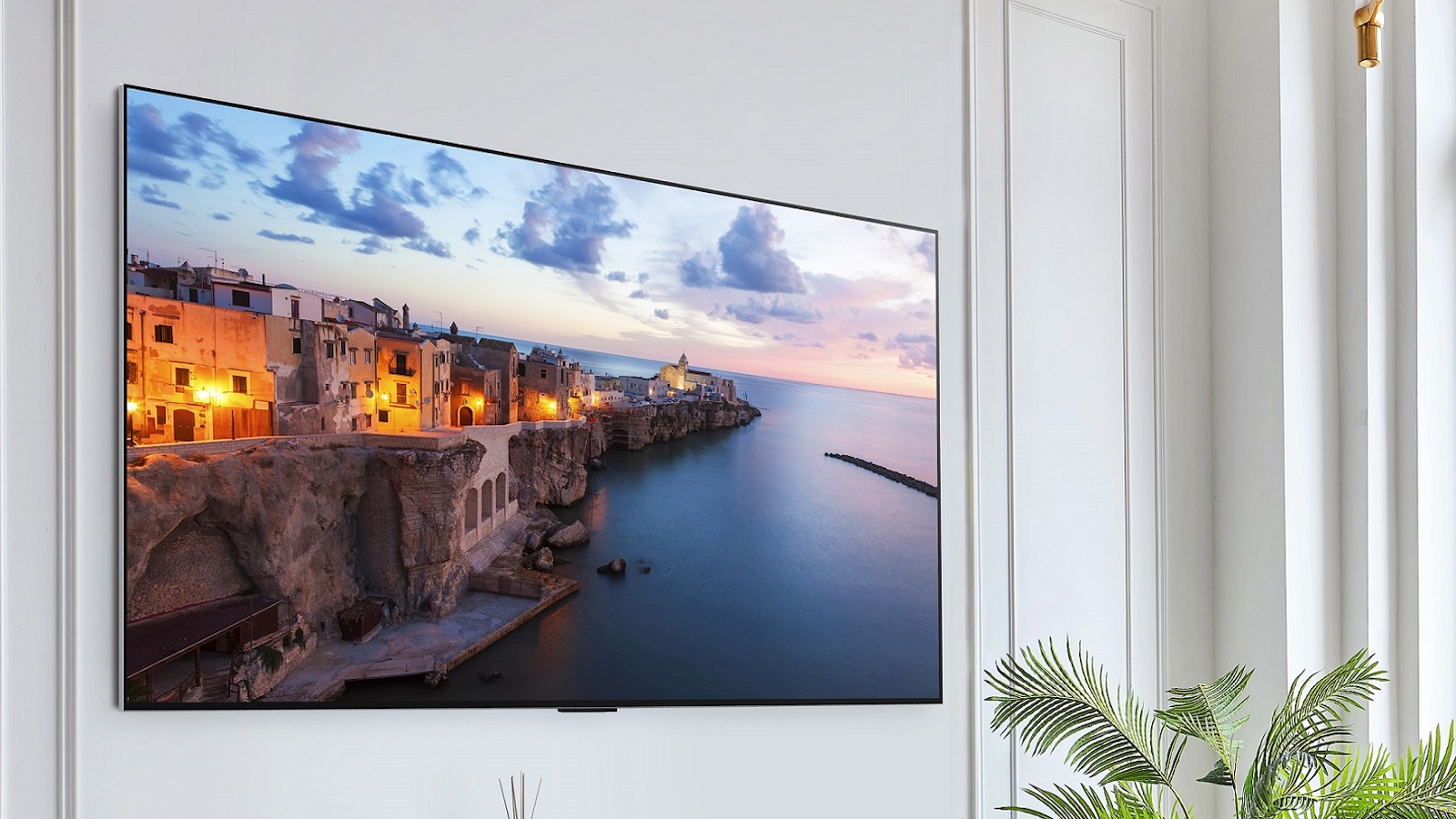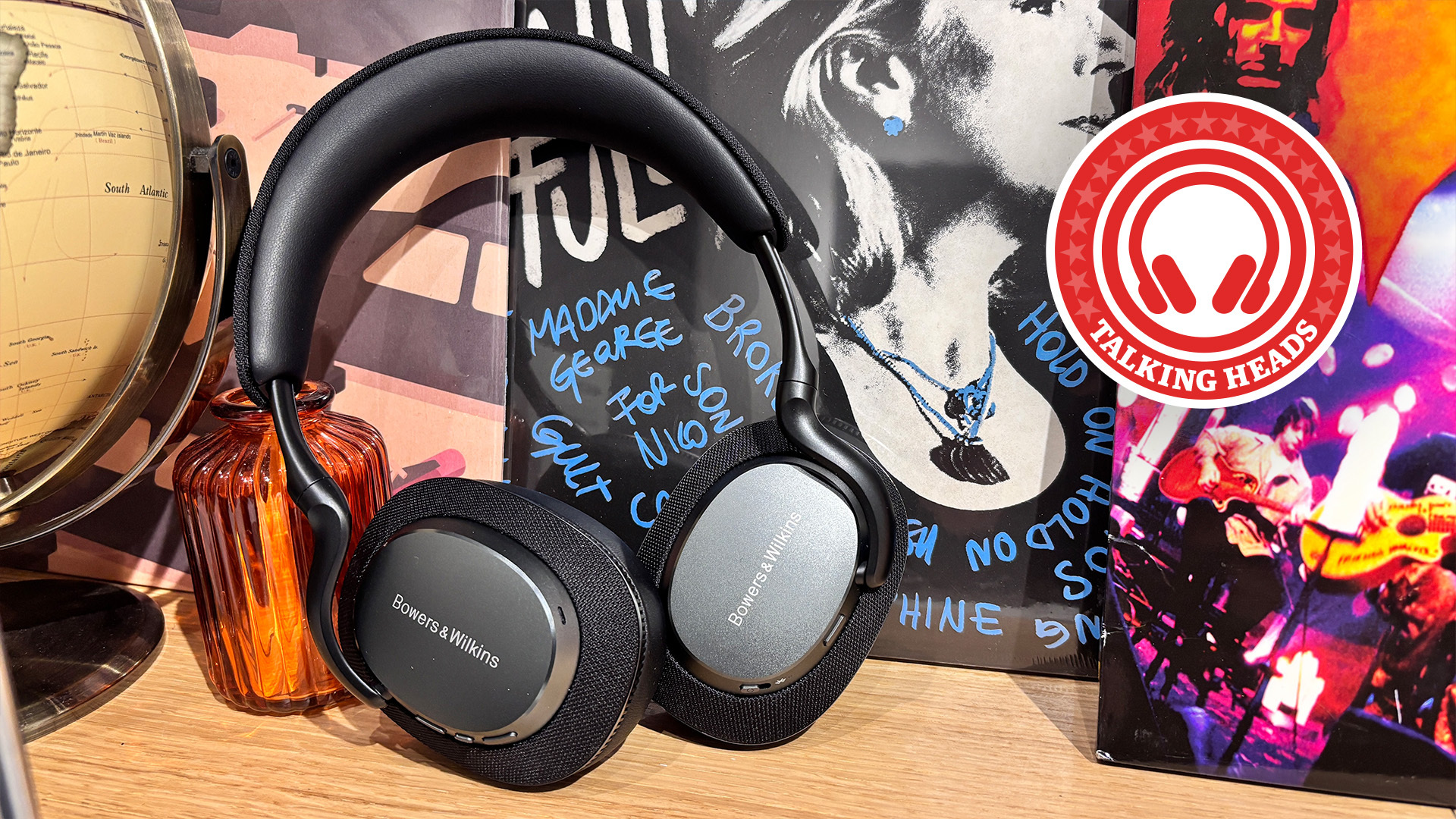LG Display says its OLED panels are less susceptible than QD-OLED to burn-in – but there's a catch
Comparison is with current QD-OLEDs, but new models could be more durable

Last year's LG G3
(Image credit: LG)A recent video call I had with LG Electronics (the subject of which was the specific peak brightness figures of the new G3 OLED) featured a surprise presentation from Soomin Chang of LG Display – the panel-manufacturing arm of the vast LG company.
LG Electronics (which produces the actual TVs that end up in shops) and LG Display are distinct entities, and the former tends to avoid discussing its work with the latter as much as is humanly possible, so an appearance such as this is much rarer than you might imagine.
The subject of Soomin Chang's presentation was eye-opening, too, in that it concerned "image sticking" (often referred to as image retention or burn-in), and how the OLED panels it produces suffer from the phenomenon significantly less so than the QD-OLED panels produced by Samsung Display.
Chang cited Rtings' accelerated longevity test, which involves TVs displaying live CNN footage for an average of 19 hours per day, and appears to be resulting in image retention on the Samsung S95B and Sony A95K QD-OLEDs after just two months. Conversely, LG's C2 and G2, which use LG Display's second-generation "OLED EX" panel, appear to be suffering no image retention. Chang says this is down to the use of a super-stable particle called deuterium in its panels, and also white sub-pixels, which are apparently more durable than their coloured counterparts.
One can, of course, question the validity of the Rtings accelerated longevity test, in that it's nothing like 'normal' TV usage, and Rtings is upfront about its limitations, but the results are interesting all the same.
There's still one big problem with this comparison, though: it compares a second-generation LG OLED panel with a first-generation QD-OLED panel. That makes sense, of course, as those are the latest versions of each that are available, but we know that a second-generation QD-OLED panel will become available this year as part of Samsung's S95C and perhaps more models that are yet to be announced.
I actually put the question of burn-in to Nathan Sheffield, Samsung Europe’s Head of TV and Audio, and he told me that "the panels that we have this year – we've increased the efficiency.
Get the What Hi-Fi? Newsletter
The latest hi-fi, home cinema and tech news, reviews, buying advice and deals, direct to your inbox.
"The brightness levels are increased [but] we’re not having to run them at full, optimum power all of the time. So you can get the best picture quality experience without maximising the TVs. I think that will mitigate probably some of the risks that you’re alluding to."
In other words, the new QD-OLEDs will be brighter, but more efficient, so the delicate OLED materials won't be pushed as hard.
As we know, the key to OLED longevity and durability is efficiency, so any improvements here could have a huge and positive impact. What isn't entirely clear is how these second-generation QD-OLEDs are achieving this extra efficiency, but Samsung Display refers to something called "OLED HyperEfficient EL" material in some of its marketing around the new QD-OLED panels and included a mention of "Heavy H+ OLED" in its 2023 CES presentation. "Heavy H" has to be heavy hydrogen, which is another name for deuterium.
In short, LG Display's claims that its WOLED technology is less susceptible to burn-in than QD-OLED is interesting, but it doesn't apply to the new models being launched this year. 2023 is a new OLED TV battleground, brighter than ever before, and we can't wait to see how the new models from all sides fare in our comprehensive, comparative reviews.
MORE:
Check out our Samsung S95C hands-on
And here's our LG G3 hands-on
Here are the best TVs you can buy right now
Tom Parsons has been writing about TV, AV and hi-fi products (not to mention plenty of other 'gadgets' and even cars) for over 15 years. He began his career as What Hi-Fi?'s Staff Writer and is now the TV and AV Editor. In between, he worked as Reviews Editor and then Deputy Editor at Stuff, and over the years has had his work featured in publications such as T3, The Telegraph and Louder. He's also appeared on BBC News, BBC World Service, BBC Radio 4 and Sky Swipe. In his spare time Tom is a runner and gamer.

